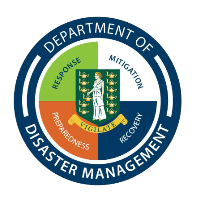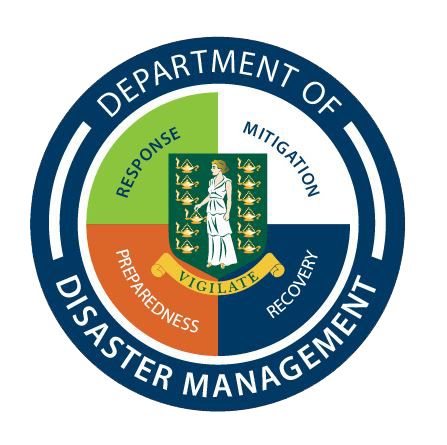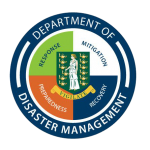A nine-member group of
disaster risk reduction managers supported by the International Federation of
the Red Cross and Red Crescent (IFRC) and the Canadian Red Cross have joined
their counterparts in the British Virgin Islands (BVI) this week to pilot a Strategic
Targeting Methodology (STM) aimed at providing a tool for selecting and
designing projects for vulnerable communities.
The STM is a tool designed
to be used in the selection of communities for disaster risk reduction (DRR) type
initiatives. It facilitates a transparent, well-documented and unbiased process
that reduces external influences and power dynamics in the selection of
communities for implementing intervention strategies.
The choice of the BVI to
pilot STM stems from the Caribbean Disaster Emergency Management Agency (CDEMA)
Comprehensive Disaster Management (CDM) Conference in Jamaica last December
where a presentation was made by the International Federation of Red Cross and
Red Crescent (IFRC) Societies on STM and the value added in the immediate and
long-term. BVI was among countries expressing an interest in the initiative and
was subsequently chosen based on criteria identified for the selection of pilot
countries.
Coordinator of the Red
Cross Caribbean Disaster Risk Management Reference Centre (CADRIM), Mrs.
Reynette Royer who is in the BVI to facilitate the STM pilot, noted that the
tool presents an opportunity to reinforce the importance of collaboration and
partnerships, as well as share experiences across geographic boundaries. “This
week presents an opportunity for a number of national stakeholders as well as
observer representatives from St. Kitts and Nevis and the Bahamas to come
together to input data and explore how the STM can be further adapted based on
the local context.”
Mrs. Royer added, “The
approach is hands-on and participants will see how existing data can be used to
populate the tool to inform future DRR programming.”
The Canadian Red Cross is
also intricately involved in the STM pilot. Its Caribbean Community’s
Resilience to Disaster Risk Project (CCRDR) supports CADRIM to develop tools
like the STM, with funding from the Department of Foreign Affairs Trade and
Development (DFATD) of the Canadian Government.
Canadian Red Cross
Representative for the Caribbean, Ms. Heather Fehr (pronounced fear) is also in
the BVI for the pilot. “Our programming works in three levels – we provide support
through the IFRC, through regional coordination with CDEMA; or in the development
of tools for regional member states; and we have offered direct support for
community-based disaster risk reduction projects,” Ms. Fehr explained.
With funding from DFATD,
the Canadian Red Cross is also documenting and promoting through film, the
success of national Red Cross societies in the Caribbean as well as the IFRC’s
work regionally in collaboration with national disaster offices and local
societies.
The STM pilot has been
welcomed by the Department of Disaster Management (DDM) and the BVI Red Cross.
DDM’s Deputy Director, Ms.
Evangeline Inniss acknowledged the significance of STM saying it will enable a
transparent process for identifying vulnerable communities and provide data
based justification for such selection.
She emphasised that the tool can also be used for national level
community-based project selection, not just DRR-related activities.
Director of the BVI Red
Cross, Mrs. Helen Frett described STM as “a useful tool that will help
standardise the way communities are selected for DRR intervention strategies.
It will also demonstrate the type of synergy that organisations like the DDM
and BVI Red Cross can achieve when they combine their efforts.”
Other stakeholders
participating in the STM pilot come from various Government departments,
observers from St. Kitts and Nevis and the Bahamas and a representative from
the CDEMA Coordinating Unit.





